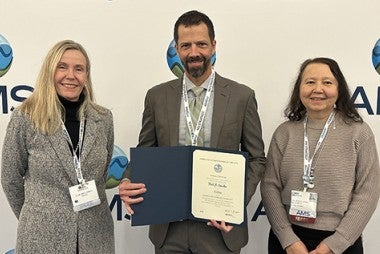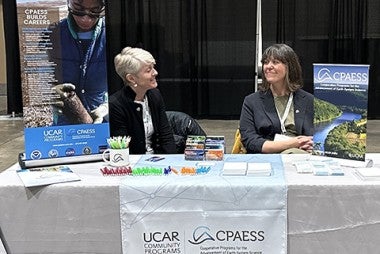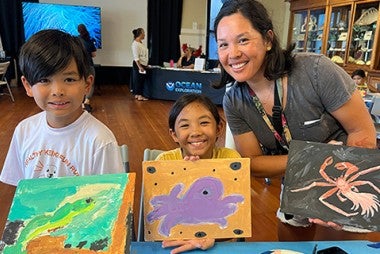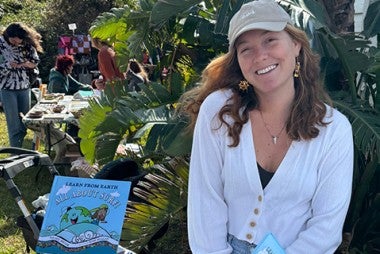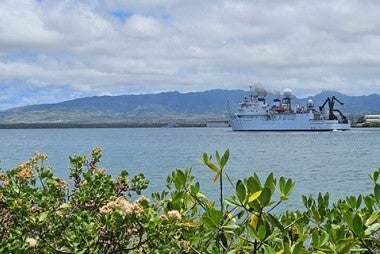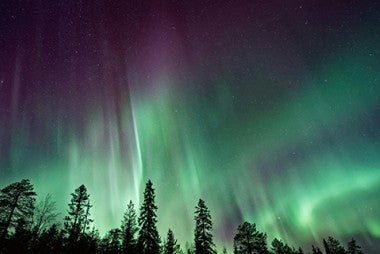Building Success Through Education: CPAESS’ Team at USGS
One of CPAESS’ newer partnerships is with the U.S. Geological Survey (USGS). Among the many activities supported by this partnership is the creation of a team that produces critical educational content and supports training within the agency.
In November of 2021, Learning and Development Officer Julie Malmberg was hired by CPAESS to create a comprehensive course development and training system for USGS’ Water Mission Area staff. The group benefiting from this system includes about 4,000 USGS employees across the nation including scientists, administrators, IT personnel, engineers, and more. All of whom require consistent and equitable training. With this broad conceptual goal in mind, a wonderful team has been built to turn this vision into reality.
Today the CPAESS team at USGS is now quite robust including Julie Malmberg, Learning & Development Officer; Grant Walters, Program Specialist III; Amy Barfield, Program Specialist II; Wes Bonelli, Software Engineer II; Akio Correll, Educational Designer II; Jennifer Fong, Program Specialist III; Ryder Fox, Educational Designer I; James McCreight, Software Engineer III; Michael Reno, Software Engineer III; Elizabeth Rossi, Graphic Designer II (Casual); Tori Roy, Program Specialist I; Aiyana Spear, Program Specialist I; and Chad Weisshaar, Software Engineer III. Marissa Vara of UCAR’s SciEd program who works with SOARS, is also a regular part-time team member.
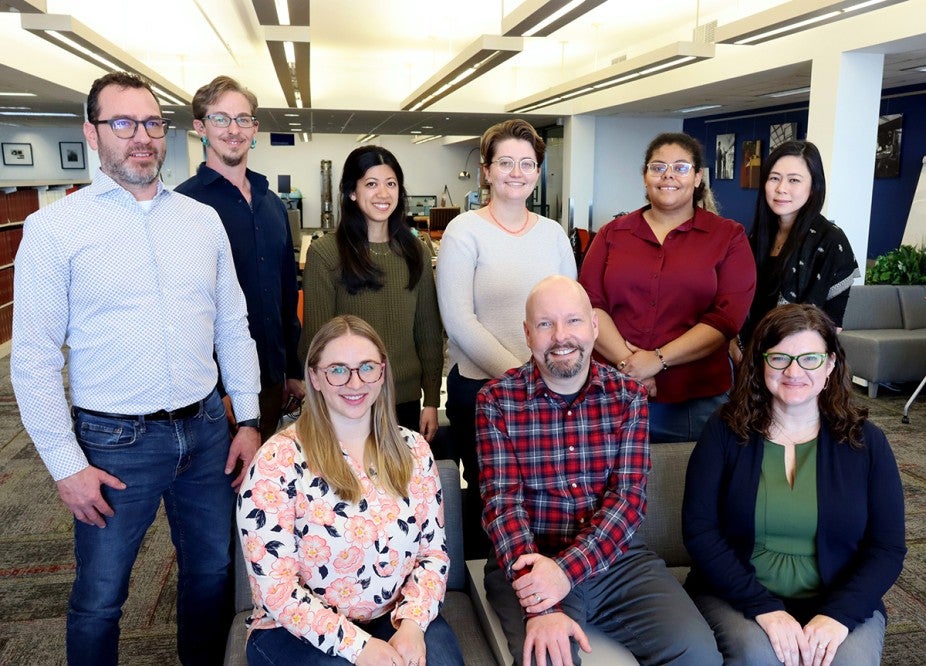
Top Row: Wes Bonelli, Ryder Fox, Jennifer Fong, Aiyana Spear, Tori Roy, and Akio Correll Bottom Row: Amy Barfield, Grant Walters, and Julie Malmberg
To launch this large effort, Julie Malmberg and her team have been assessing what training programs are in place at USGS already and what is needed. To facilitate this important stage, Julie Fong has been developing an All-Staff Survey to find out what the staff at USGS thinks about current training resources and what they feel they might need.
Generally, the team has also been creating processes for new people coming on board in the organization, and how that training can become modernized, made more inclusive, and how they can optimize the learning process. They are creating learning modules, methods of integrating training within USGS, creating numerous partnerships to execute all this work, and preparing to launch an internship program.
The internship program being created is for early career staff, and is focused on hydrology technicians. Currently USGS has a Pathways internship that they may tap into for this effort. The overarching idea is to recruit from pools of people who may not have considered hydrotech as a career path, but who would excel in it. A hydrotech needs a high school degree, so they are creating partnerships with schools of all varieties - community colleges, tribal colleges, MSIs, colleges with no hydrology programs, and other institutions, particularly those working with marginalized and underrepresented populations. Amy Barfield and Marissa Vara are helping USGS Science Centers connect with these communities, as well as teaching the centers how to recruit from them.
One of the unique features of the Pathways internship which they are likely to adopt is the non-competitive hiring process at its completion. What this means is that if someone goes through the internship and gets trained as a hydrological technician, they can then apply for a permanent USGS job without being penalized for not having higher education degrees. So this creates a path for competent, well-trained staff to become part of USGS much easier. In addition to the internship, Amy Barfield has been developing mentoring and community-building resources among the hydrotechs to enhance their sense of comradery among each other in an effort to raise retention rates of the profession at USGS.
Diversity, equity and inclusion is a critical component of this program and they are sharing their efforts with other mentoring resources within the USGS Water Mission Area, so that they can potentially help those beyond their reach. Amy and Marissa also work with UCAR’s internship resources and network.
A great deal of these training resources are being developed with the retention of USGS staff in mind. These resources are all-encompassing from the internships that will introduce and attract non-staff to USGS career paths, to “long term professional development and training that lasts from the time they come in…and maintaining their careers” explained Grant Walters.
Grant Walters and team members are creating a catalog with a repository of courses. An entire library of knowledge if you will. This will include a tracking system for these training classes and connect these educational resources with information on how people can leverage this education to gain further traction in their careers. They are setting up certifications, micro-credentialing, and a badging system to help support this goal. Because so much of this training is voluntary, their efforts to coalesce and elevate the training will enable staff to utilize it to advance their employment goals in addition to shoring up a solid consistent educational framework.
This CPAESS team is working with USGS training staff, the U.S. Fish and Wildlife, various vendors, and COMET to create a holistic suite of educational training. These trainings vary greatly in their purpose and audience, but the new developments for staff are quite exciting. For example, the hydrotech training for a new employee can last up to 8 weeks, but is customizable based on each USGS’ Science Center needs. “We have 27 USGS Water Science Centers” that we are serving, explained Malmberg. So the training is customizable based on location as processes will vary based on geology. This training includes fieldwork and an online component that COMET is creating for each specific area of training.
This team has lofty goals in serving both the employees of USGS and the agency itself. Right now their focus is on creating training for the many technical skills USGS staff need. However, they would like to eventually expand their learning tracks into areas like supervision, leadership, mentorship, and other workplace and professional development skills. Their plans are very holistic and will really serve USGS well.
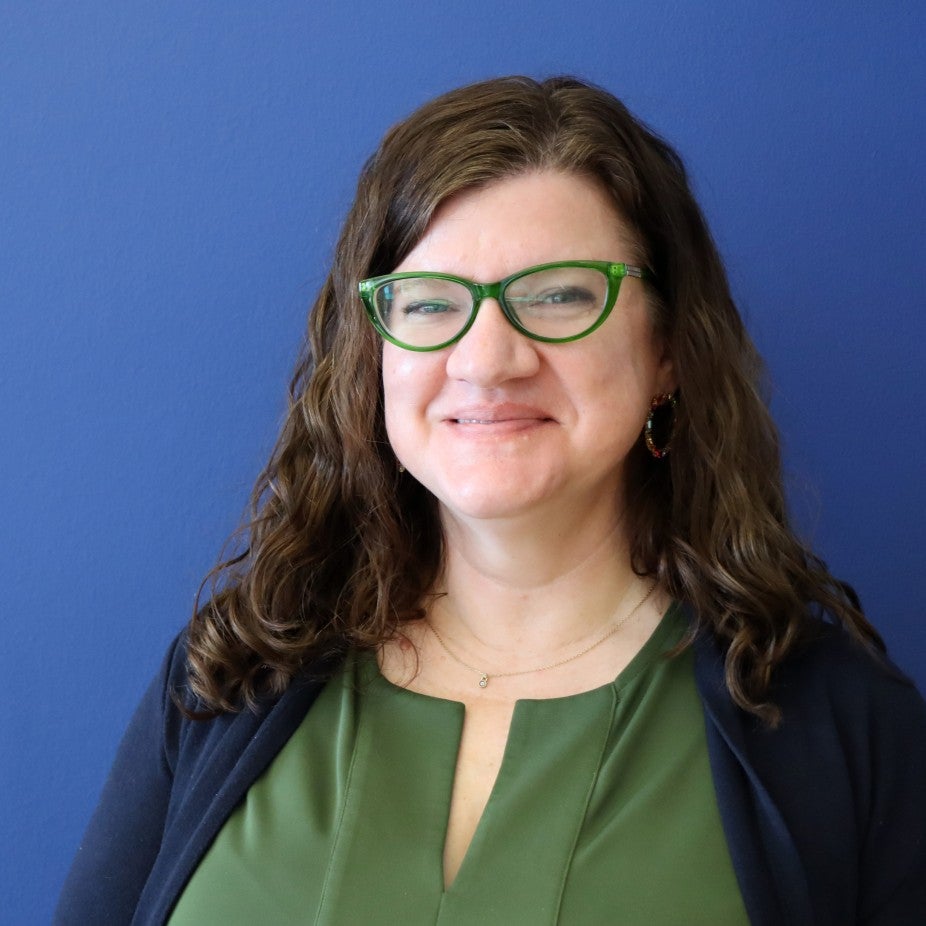
Dr. Julie Malmberg, Learning & Development Officer
Another important point that Malmberg made was how integral UCAR has been to this project and the layers of partnerships that are intrinsic to it. Besides this CPAESS team at USGS, they have been working with NCAR’s Research Applications Laboratory (RAL), UCP’s COMET program, Marissa who is part of UCP’s SciEd, UCAR’s Office of Diversity Equity and Inclusion team, and with Lorena Medina Luna of NCAR’s Education, Engagement and Early-Career Development (EDEC) in addition to USGS and their teams.
This month a “Train the Trainers” session will take place with COMET educating trainers from USGS. COMET staff will be helping them by sharing the best approaches to impart information for the maximum benefit of the student and other professional development lessons. Additionally, they will be sharing with them the modules COMET created to assist them in training and assist them in integrating them into training. After receiving any input the trainers have on these modules, COMET will implement any needed perfecting so that the modules will be ready to be utilized in earnest.
“It’s a big, big endeavor, but I feel like we have the right team,” said Malberg of her staff, which has an impressively diverse array of talents. There is palpable excitement from Julie and Walter, as this whole CPAESS team moves forward to successfully accomplish this grand undertaking. They have been entrusted to build something important, and it seems to delight them to be such a force for good with this opportunity. We are both proud and impressed with every member of this team, and are rooting for your continued progress in this worthy effort.
